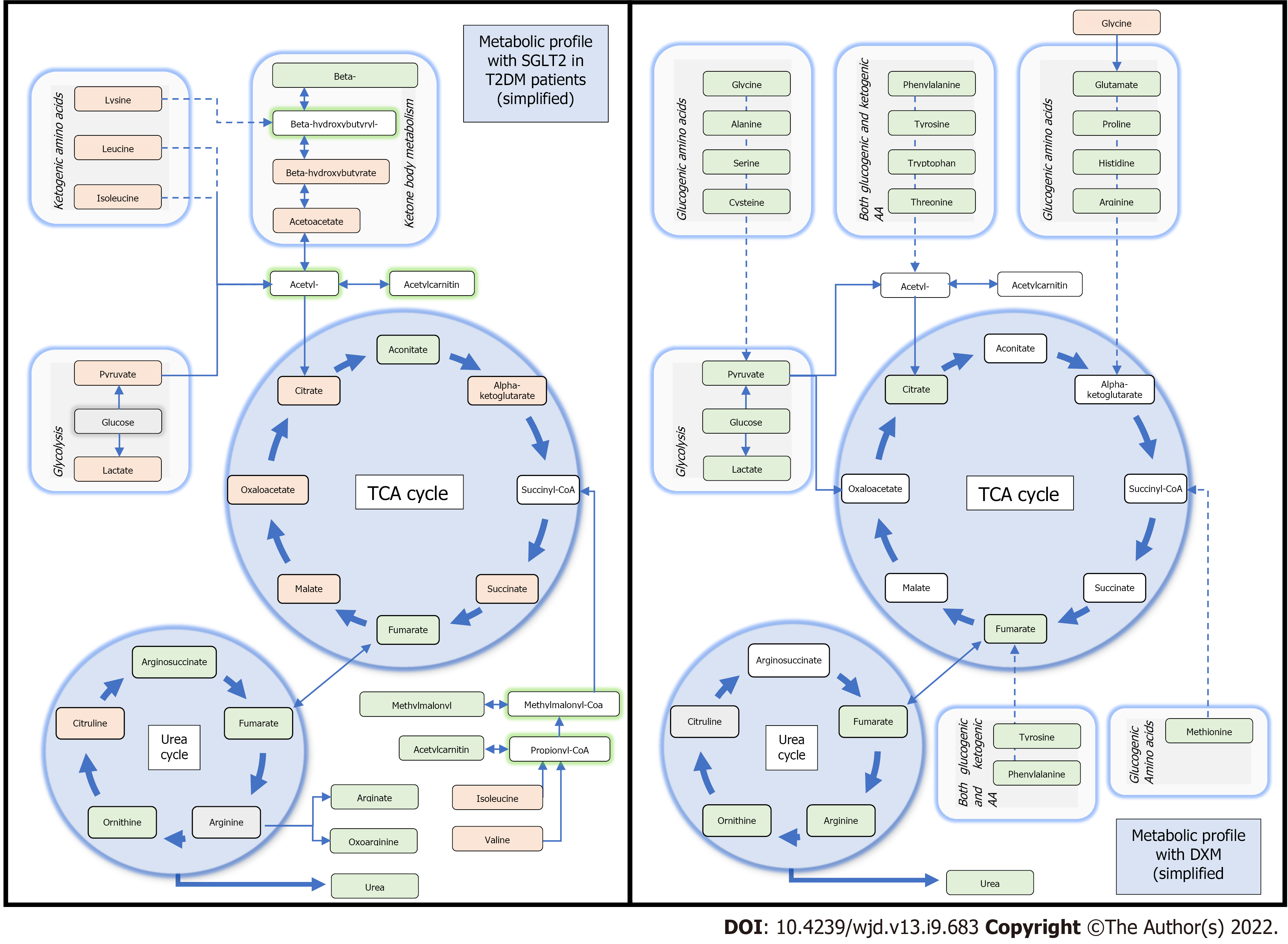Copyright
©The Author(s) 2022.
World J Diabetes. Sep 15, 2022; 13(9): 683-695
Published online Sep 15, 2022. doi: 10.4239/wjd.v13.i9.683
Published online Sep 15, 2022. doi: 10.4239/wjd.v13.i9.683
Figure 1 Simplified physiopathology of ischemia/reperfusion injuries and cardio-protection.
During ischemia, lack of oxygen leads to mitochondrial respiratory chain failure. ATP is produced mainly by using anaerobic glycolysis leading to acidosis and increase in lactate. Intracellular accumulation of H+ activates the Na/H exchanger causing a sodium overload and calcium overload. All of these phenomenon result in mitochondrial permeability transition pore (mPTP) opening and release of reactive oxygen species (ROS), cytochrome C and AIF leading to cell death. During reperfusion, sudden oxygen supply led to massive ROS formation that are not eliminated by antioxidant systems (which have been damaged by ischemia). The rapid pH normalization increased the sodium and calcium overload (= pH paradox). mPTP opening is also increased. Cardio-protection strategies lead to inhibition of NHE, mPTP opening, or restauration of antioxidant systems. AIF: Apoptosis inducing factor; CyC: Cytochrome C; mPTP: Mitochondrial permeability transition pore; NHE: Na/H exchanger; ROS: Reactive oxygen species.
Figure 2 Simplified comparison between metabolic profiles with sodium-glucose cotransporter-2 inhibitors or dexamethasone.
Metabolites with observed high serum levels appear in light green, metabolites with supposed increased serum levels appear in highlight green with white center, those with decreased serum levels in gray center, those with unchanged serum levels appear in light orange and finally, those which remain untested appear in white. Incomes with sodium-glucose cotransporter-2 inhibitors suggest utilization of Ketone bodies and ketogenic amino acids as reactive for Krebs cycle, and indirectly urea cycle, when utilization of glucose is decreased. On the other hand, administration of dexamethasone is associated with elevated rates of glucogenic amino acids or ketogenic-glucogenic amino acids, concurring to Krebs cycle and urea cycle activations. TCA: Tricarboxylic acid cycle; DXM: Dexamethasone.
- Citation: Quentin V, Singh M, Nguyen LS. A review of potential mechanisms and uses of SGLT2 inhibitors in ischemia-reperfusion phenomena. World J Diabetes 2022; 13(9): 683-695
- URL: https://www.wjgnet.com/1948-9358/full/v13/i9/683.htm
- DOI: https://dx.doi.org/10.4239/wjd.v13.i9.683










